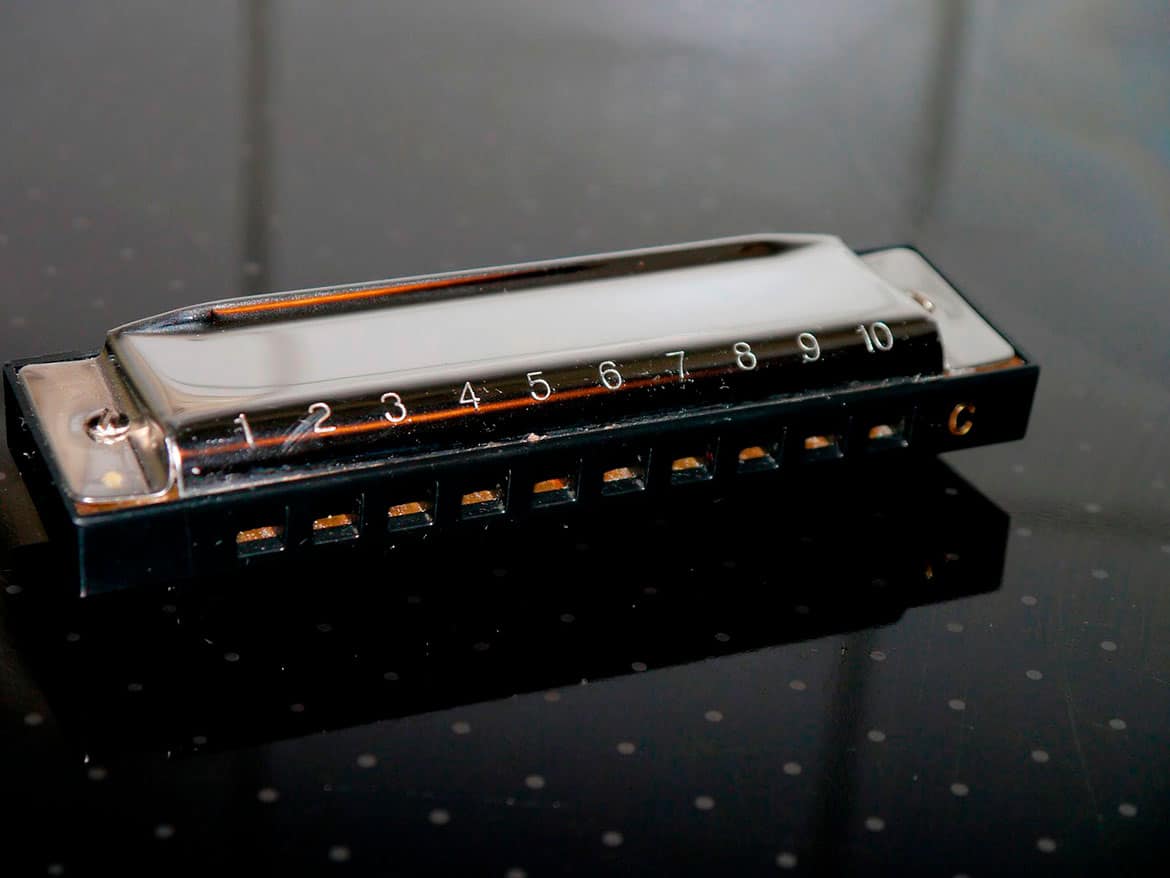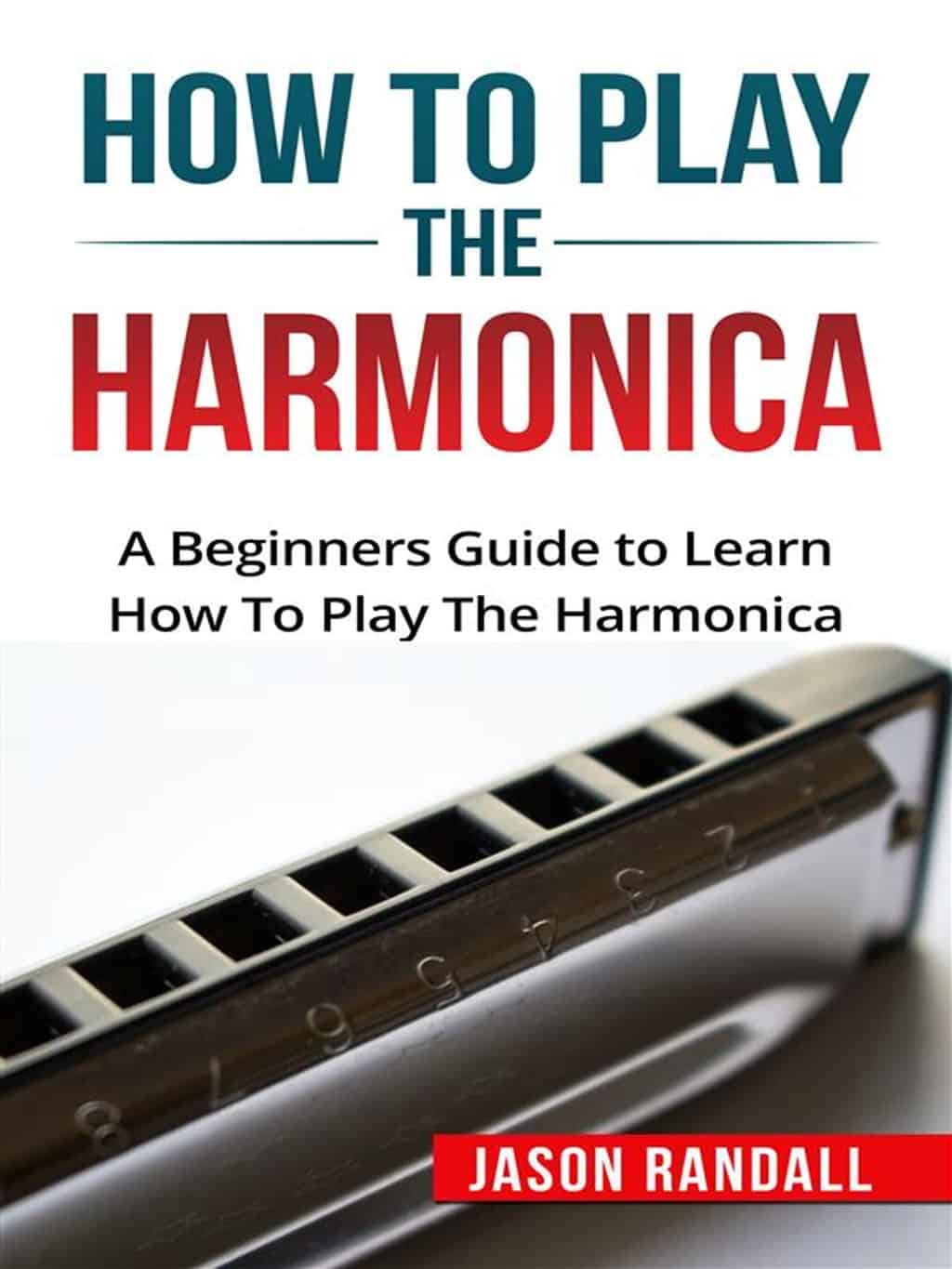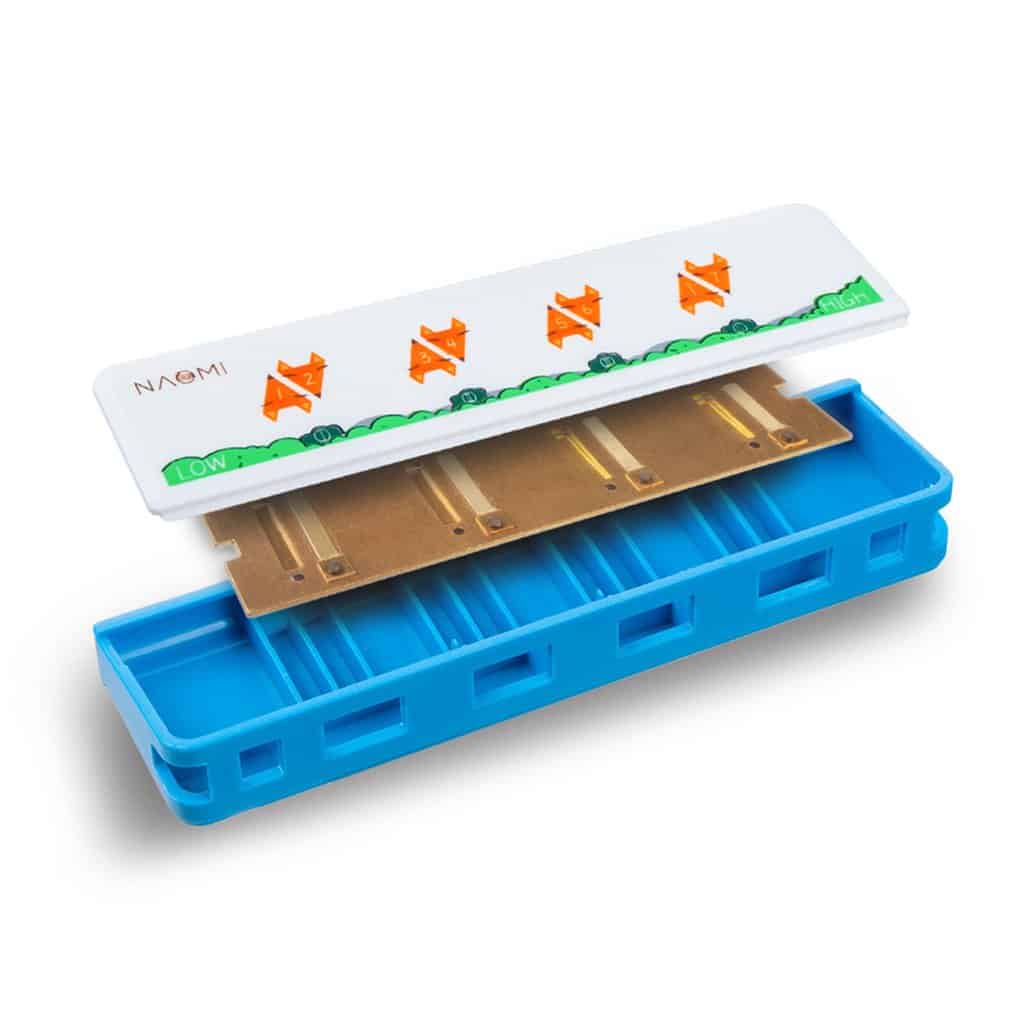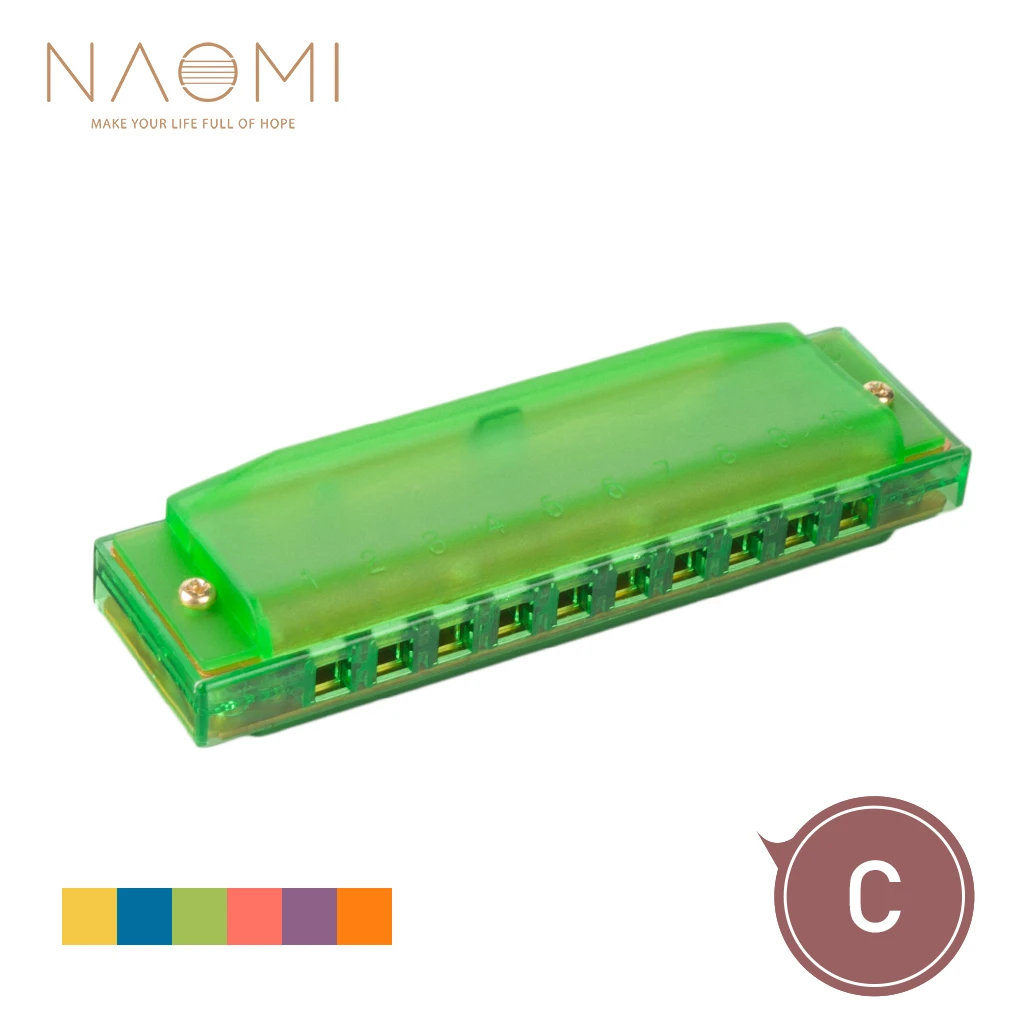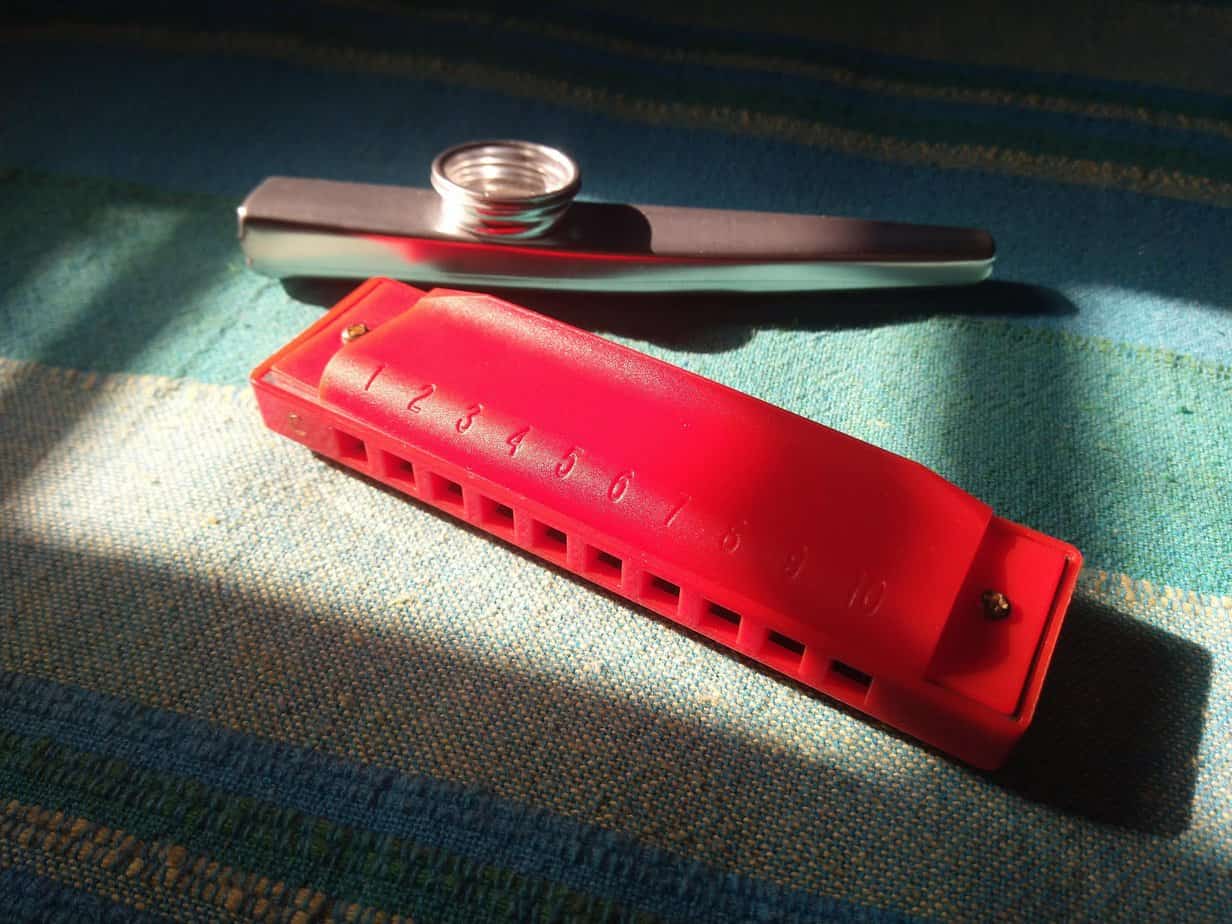The harmonica is a popular and versatile instrument that can be found in many different genres of music, from blues and rock to folk and country. While there are many types of harmonicas available, the plastic harmonica is a great option for beginners due to its affordability and durability. In this blog post, we will explore the basics of how to play a plastic harmonica.
What is a Plastic Harmonica?
A plastic harmonica, also known as a Suzuki harmonica or a Pro Master harmonica, is a type of diatonic harmonica that is made mostly of plastic. The reeds, which produce the sound, are made of metal, but the body of the harmonica is made of plastic, which makes it lightweight and durable. Plastic harmonicas are also less expensive than harmonicas made entirely of metal, making them a great option for beginners.
Parts of a Plastic Harmonica
Before we dive into how to play a plastic harmonica, it’s important to understand the different parts of the instrument. A plastic harmonica consists of:
- Reed plates: These are the metal plates that contain the reeds.
- Comb: This is the body of the harmonica, which holds the reed plates together.
- Mouthpiece: This is the part of the harmonica that you put in your mouth to play.
- Cover plates: These are the metal plates that cover the reed plates.
How to Hold a Plastic Harmonica
To hold a plastic harmonica, place your thumb and index finger on either side of the harmonica, with your thumb on the bottom and your index finger on the top. Make sure that your grip is firm but not too tight. You should be able to easily move the harmonica back and forth in your hands.
How to Play Single Notes on a Plastic Harmonica
To play single notes on a plastic harmonica, follow these steps:
- Place the harmonica in your mouth, with the numbers on the harmonica facing up.
- Use your tongue to block any holes that you don’t want to play.
- Draw in a breath through the harmonica, using your diaphragm.
- You should hear a single note. If you hear multiple notes, adjust your tongue position to block any extra holes.
- To play a different note, move the harmonica so that a different hole is in front of your mouth.
How to Play Chords on a Plastic Harmonica
To play chords on a plastic harmonica, follow these steps:
- Place the harmonica in your mouth, with the numbers on the harmonica facing up.
- Instead of using your tongue to block any holes, leave them all open.
- Blow or draw air through the harmonica, depending on the chord you want to play.
- You should hear a chord, which is a group of notes played at the same time.
How to Clean a Plastic Harmonica
To clean a plastic harmonica, follow these steps:
- Remove the reed plates from the comb.
- Rinse the reed plates and comb with warm water.
- Use a soft brush to scrub away any dirt or debris.
- Dry the reed plates and comb thoroughly before reassembling the harmonica.
Tips for Playing a Plastic Harmonica
Here are some tips to help you get the most out of your plastic harmonica:
- Practice regularly. Like any instrument, the more you practice, the better you will get.
- Use a harmonica holder. This will free up your hands, allowing you to play with both hands.
- Experiment with different techniques, such as bending notes and playing octaves.
- Take care of your harmonica. Clean it regularly and store it in a case to protect it from damage.
Interested in mastering the harmonica? Learn more about how to hold a harmonica, tuning a banjo, playing a G harmonica, diatonic harmonica, and chromatic harmonica to enhance your musical skills!
Conclusion
Playing a plastic harmonica is a fun and rewarding experience. With a little practice and patience, you can learn to play single notes, chords, and even more advanced techniques. Remember to take care of your harmonica by cleaning it regularly and storing it in a case. With these tips in mind, you’ll be well on your way to mastering the plastic harmonica.


